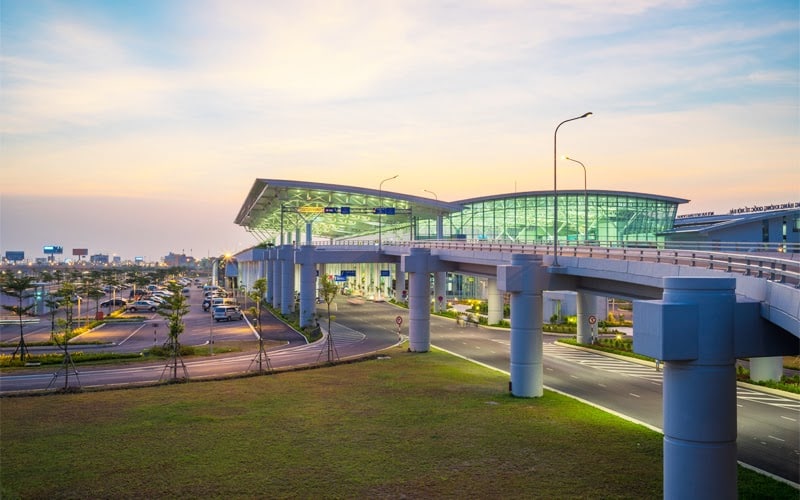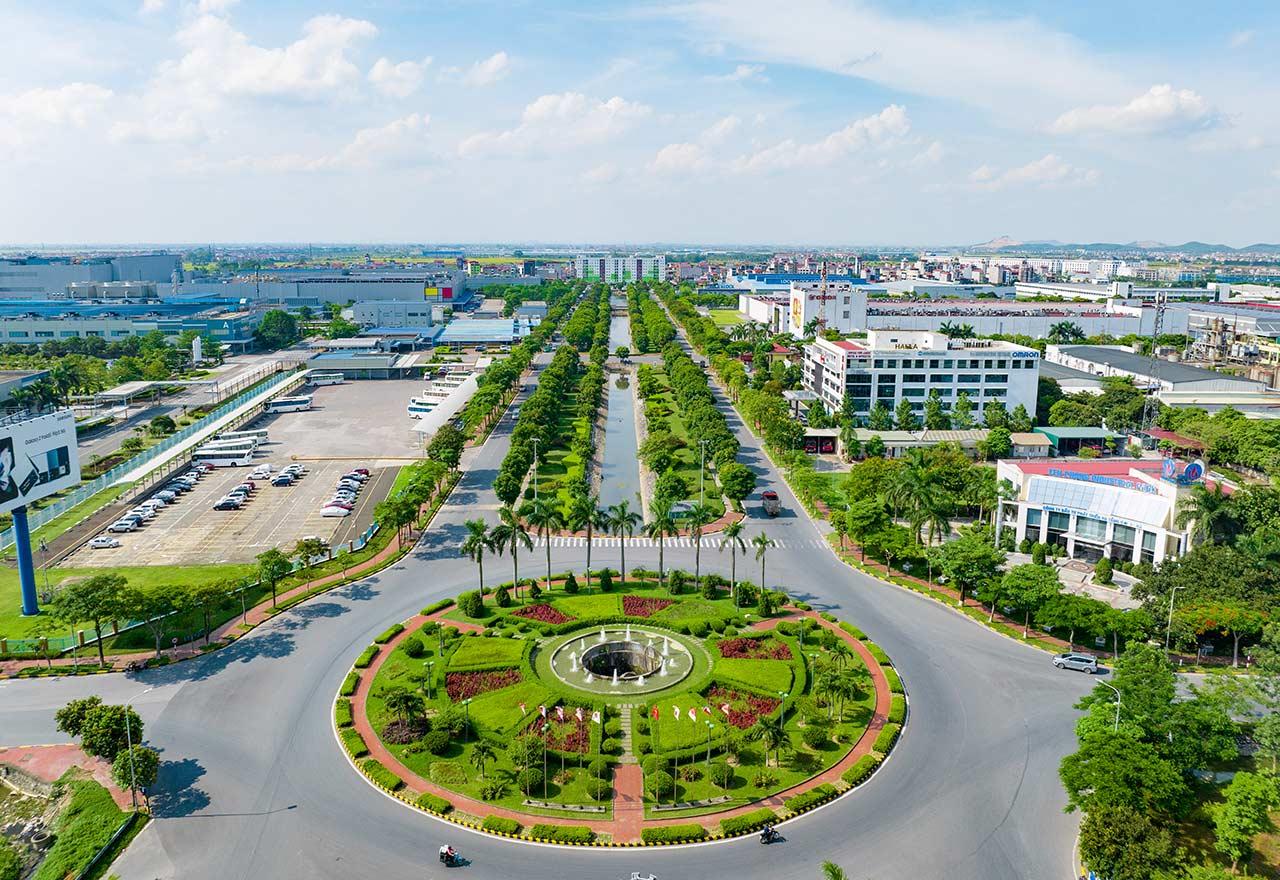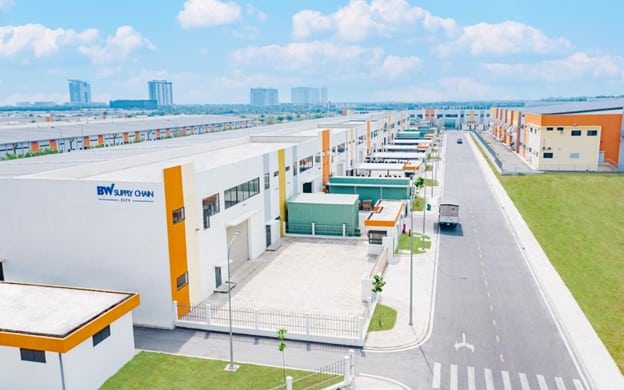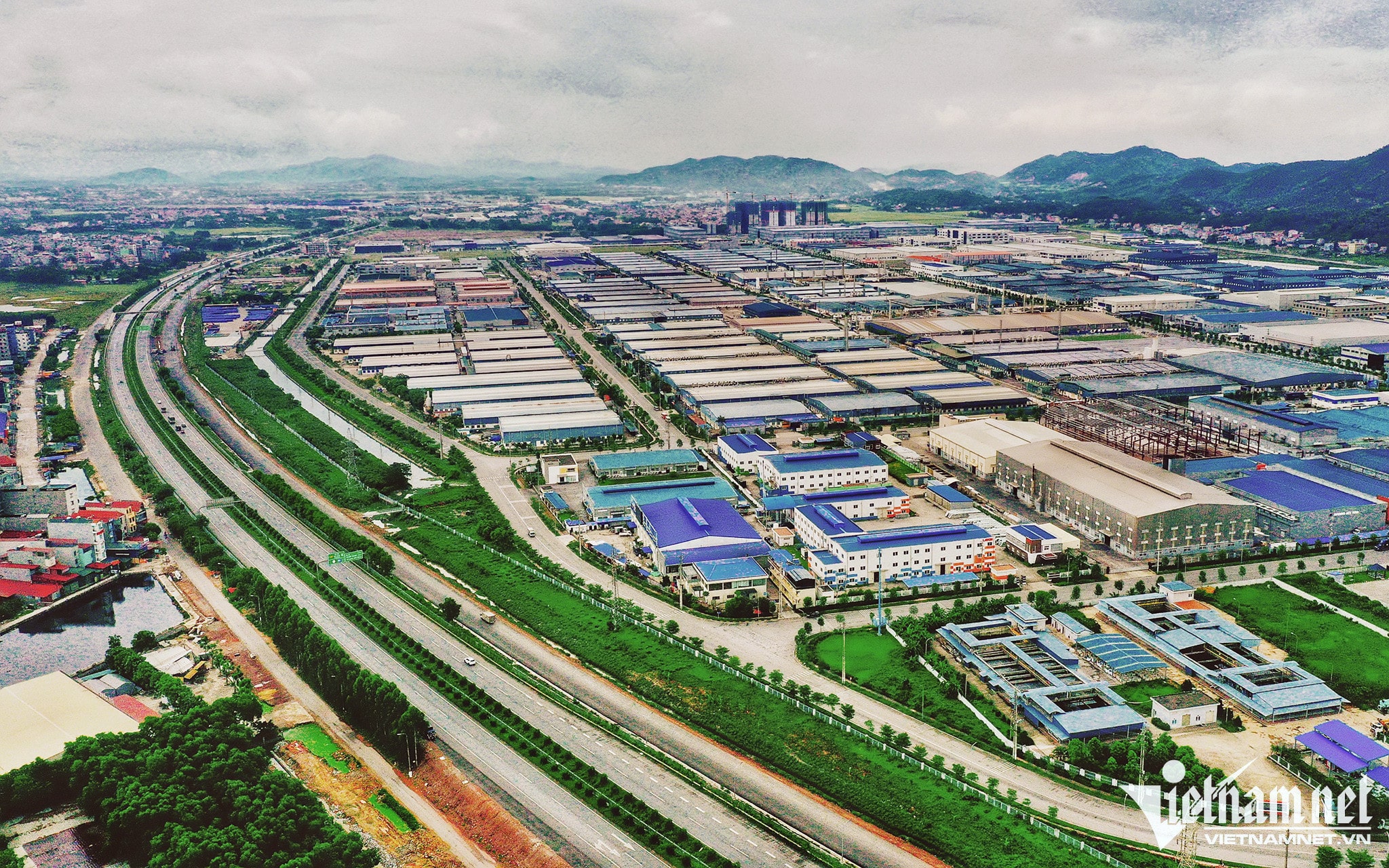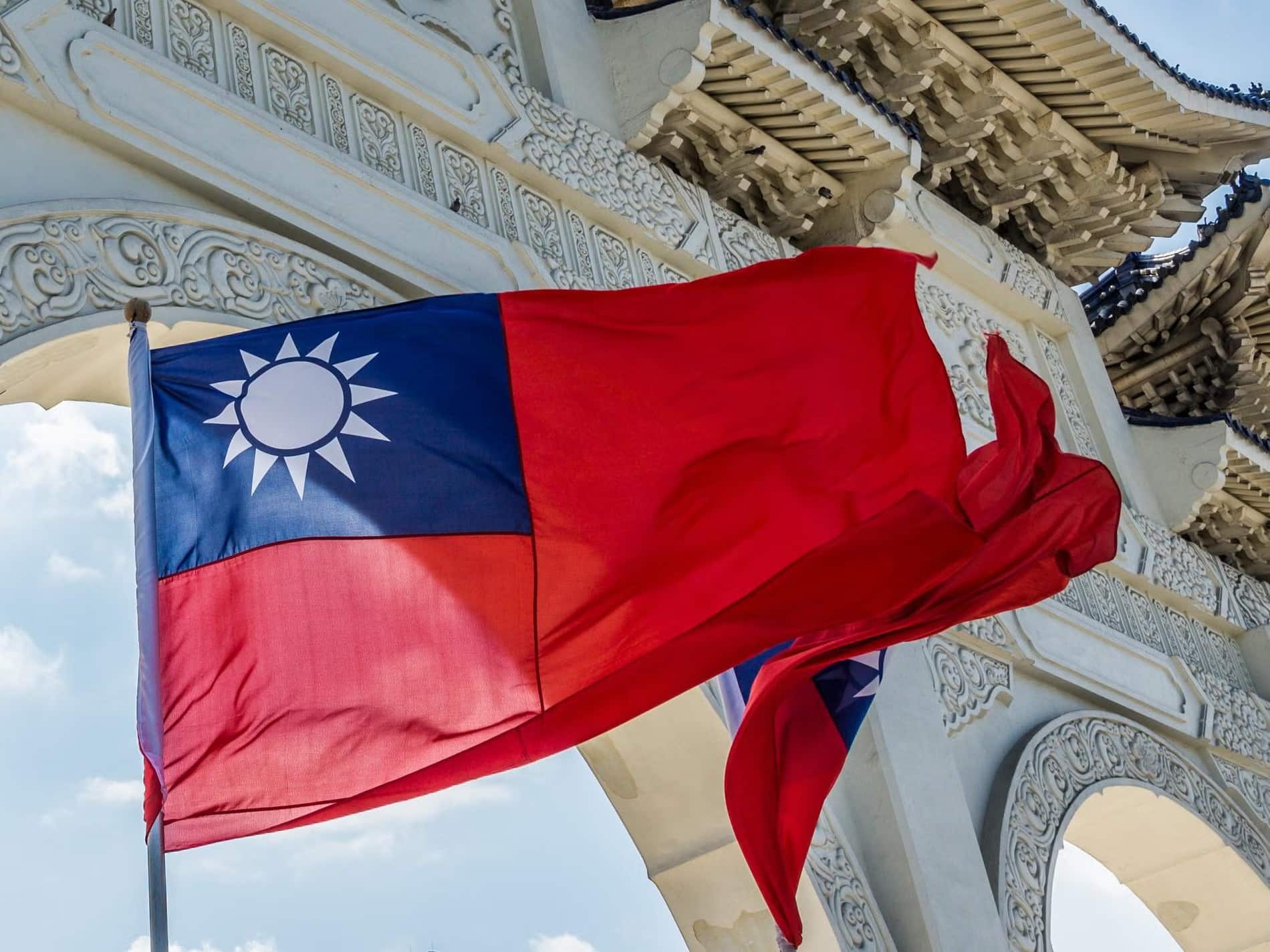Supply chain in Vietnam management is extremely challenging for businesses, especially when international markets demand high product quality, which means that production lines, labor resources, technology, infrastructure, etc., must be renewed and improved every day. So how can businesses solve the problem of management to take advantage of international business opportunities?
Opportunities for Vietnamese Businesses to Participate in Global Supply Chains
With advantages such as a stable macro environment, a large consumption market, stable economic growth, political stability, and supportive government policies, Vietnam’s real estate supply chain has become an attractive destination for investors. This opens up many opportunities for businesses to increase production, update technology, and improve skills.
This has been evidenced by a series of projects by large corporations continuously pouring capital into the Vietnamese market to build supply chains that have been broken in the past. For example, Foxconn has moved the assembly line for Apple accessories from China to Vietnam; Lego has begun construction of a billion-dollar factory in Vietnam; Thaco Group has put into operation a mechanical center and started construction of an R&D center in Quang Nam, signed with Binh Duong province to implement mechanical industrial zones with an investment capital of VND 25,000 billion.
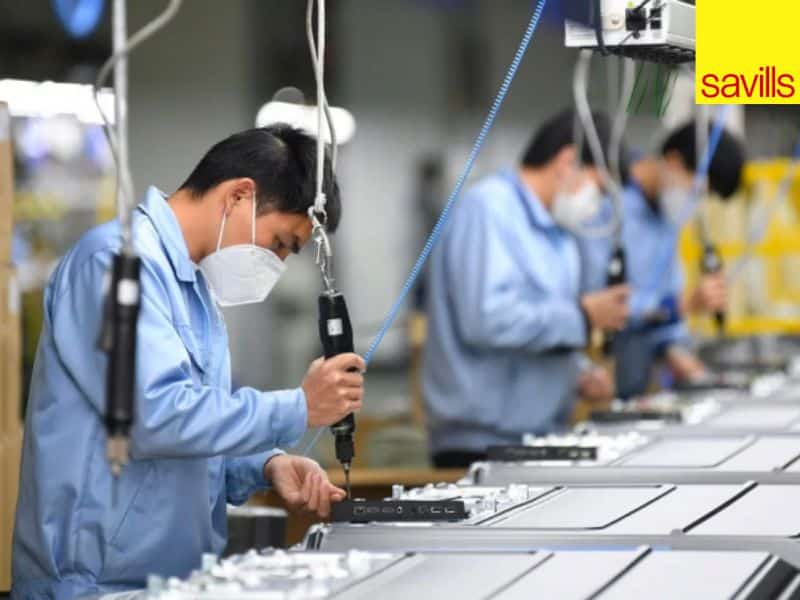
Vietnam’s Supply Chain Benefits as Corporations Shift to the Vietnamese Market
Participating in global supply chains helps domestic businesses access new and advanced technologies: artificial intelligence (AI), digitization, robots, Big Data, and IoT to serve the production process, and improve product quality. From there, it promotes the future of Vietnam real estate supply chain industry and meets the needs of many markets.
However, businesses must face challenges when participating in the global supply chain: access to customers, labor resources, machinery and equipment systems, certification standards related to goods, raw materials, international law, Vietnam supply chain insight, etc. This is also an opportunity for the supply chain in Vietnam to approach the world market.
5 Challenges for Businesses in Supply Chain Management in Vietnam
Participating in global supply chains not only brings many development opportunities but also Vietnam supply chain challenges.
– The challenge of Vietnam supply chain attack: can occur with companies or organizations that are considered weaker links in the supply chain. As a result, attacks on third parties to steal information, cause data and financial damage, and damage the reputation of businesses may occur.
– The challenge of infrastructure and logistics: transportation infrastructure and logistics in Vietnam still have many limitations in terms of physical infrastructure, technology, management, transportation, etc. and have not yet met the development of the supply chain. This particularly affects the transportation and distribution of goods from production areas to seaports and airports for export.

The technical infrastructure of the factory directly affects the quality of goods.
– The challenge of production and distribution processes: production and distribution processes in Vietnam still have many shortcomings and have not yet reached international standards, making many products unable to access world markets. This is especially true in European countries, where import standards are very high.
– The challenge of providing human resources: Vietnam is facing difficulties in providing enough high-quality labor to meet the needs of businesses. However, training and developing human resources still have many limitations in terms of specialization, technology, etc. to meet the needs of businesses.

The human resources in Vietnam are abundant, but the professional qualifications are not high
– The challenge of legal regulations: implementing legal regulations on supply chain management still poses many difficulties for many businesses in the country. Some regulations on supply chain management have not been fully perfected and often create conflicts between regulations, practicality, and the rights of the parties involved.
Effective supply chain management methods in Vietnam
To effectively manage the supply chain in Vietnam or relocating your supply chain to Vietnam, many businesses have chosen the following management methods:
– Optimizing operations processes: businesses need to optimize their operations through the digitalization of information, and work processes to ensure that the Vietnamese supply chain is efficient and does not cause waste.
– Coordinating information between departments: based on the work process, businesses ensure that departments understand their responsibilities and obligations when undertaking production stages in the supply chain. From there, the process of sharing information and interacting with each other will be effective.
– Controlling product/service quality: this process will ensure that products or services produced or supplied in the supply chain meet customer requirements. From there, it enhances the reputation of businesses in the market, opening up many opportunities for development.
– Integration of Modern Technologies: Technologies such as blockchain, artificial intelligence (AI), and the Internet of Things (IoT) can be integrated into supply chain management to improve the production and transportation process. This has already been applied in smart factories to optimize the production process.

Many companies have implemented AI, IoT, and robots to improve performance and streamline workflows
– Long-term Strategic Direction: is an important method to ensure that all decisions in Vietnam’s supply chain management are based on a long-term strategic vision. Companies need to identify their goals and strategies before implementing supply chain management methods.
Prospects for the Development of Vietnam’s Supply Chain in the Near Future
With an understanding of Vietnam’s supply chain, in recent years, the government and companies have made changes to meet market standards and lay the foundation for future development.
In recent years, the government has invested heavily in infrastructure and logistics, especially ports and transportation facilities. This has significantly improved Vietnam’s supply chain, reduced transportation time and costs, and improved product and service quality.

The transportation system has been significantly improved to create tight regional linkages
Numerous free trade agreements have been ratified, establishing connections with various global markets. Vietnam’s outlook on optimizing warehousing and storage for its supply chain is promising more than ever, which presents an opportunity for expansion and boosting exports. This strategic approach aims to enhance competitiveness in terms of pricing and quality, thereby enticing additional manufacturers and brands to collaborate in fortifying the supply chain.
Changes in investment policies for education have created modern labor and production technology resources. This helps to enhance the diversity of the supply chain and minimize the impact of external factors such as transportation costs and changes in commodity prices.
Conclusion
Managing the supply chain in Vietnam requires companies to continuously improve their processes, human resources, and technology applications to improve product and service quality. Currently, the government has created a significant opportunity for companies to attract investment, improve themselves, and participate in the global supply chain.
To build a supply chain, renting warehouses, factories, smart factories, and logistics are essential. You can contact Savills Vietnam through the hotline number: 0986.718.337 – Mr. John Campbell for advice on industrial real estate projects to create a solid foundation when participating in the supply chain.




